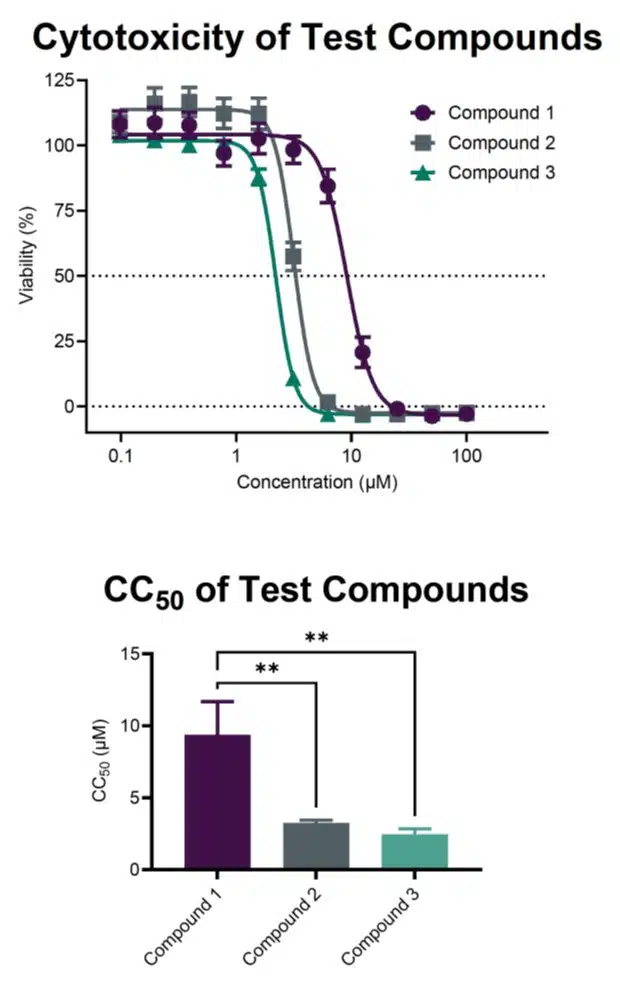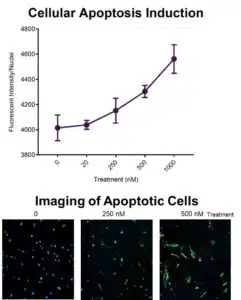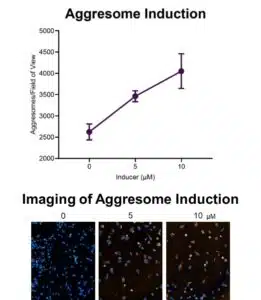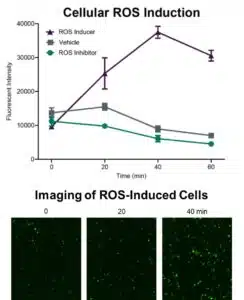
In addition to standard cell proliferation assays, we can create custom cell-based assays based on your needs. UV/Vis, fluorescent, and luminescent assays can be tailored to answer your research questions.
Cell Viability Assays
Cellular respiration is assessed by tetrazolium reduction as a reliable reporter of cellular viability and metabolic activity.
Cell Proliferation Assays
To evaluate cell proliferation, nucleotide analog incorporation can be assessed by downstream click chemistry with a customizable fluorophore.
Cellular Apoptosis Assays
An established cell apoptosis assay uses phosphatidylserine display, an early hallmark of apoptosis, to measure apoptosis initiation via a fluorescent reporter.
Reactive Oxygen Species Assays
Presence of reactive oxygen species (ROS) is measured by addition of a probe that fluoresces upon reaction with intracellular ROS.
Aggresome Formation Assays
A cell-based assay for aggresome formation reflects the cellular response to protein misfolding.
State-Of-The-Art Instrumentation Enables Discovery
Our advanced instrumentation and reliable assays deliver trusted results.
Your Toolkit for Cell Viability
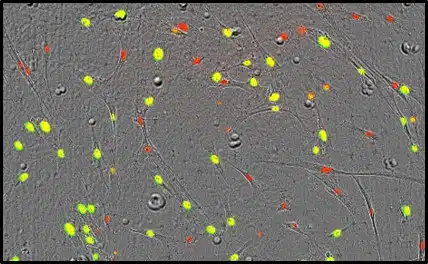
Cell death can proceed by different pathways, and important events are missed when observations are limited by assay availability. Our collection of cell viability assays can differentiate between apoptosis, necrosis, and senescence. We also provide several methods of analysis, including plate reads, microscopy, and flow cytometry. We have the tools to deliver definitive results.
Complementary Assays to Characterize Cell Death
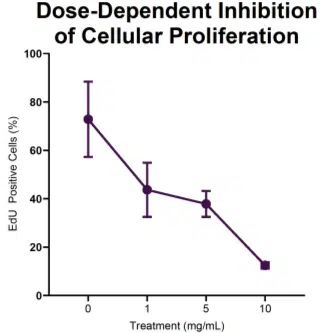
Flexible Fluorophores with Click-iT EdU
For experiments with multiple fluorophores, Click-iT EdU provides options for click-chemistry-enabled labeling, avoiding spectral overlap when multiple fluorophores are used.
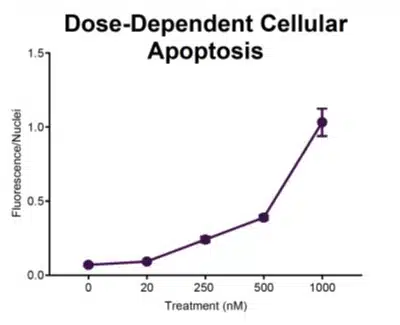
Annexin-V Discriminates Between Apoptosis and Necrosis
An advantage of staining with Annexin-V FITC is that it is specific for apoptosis, providing information on the mechanism of cell death.
Featured Case Studies / Capabilities
Frequently Asked Questions
Read more to find out which assay is best for your project.
